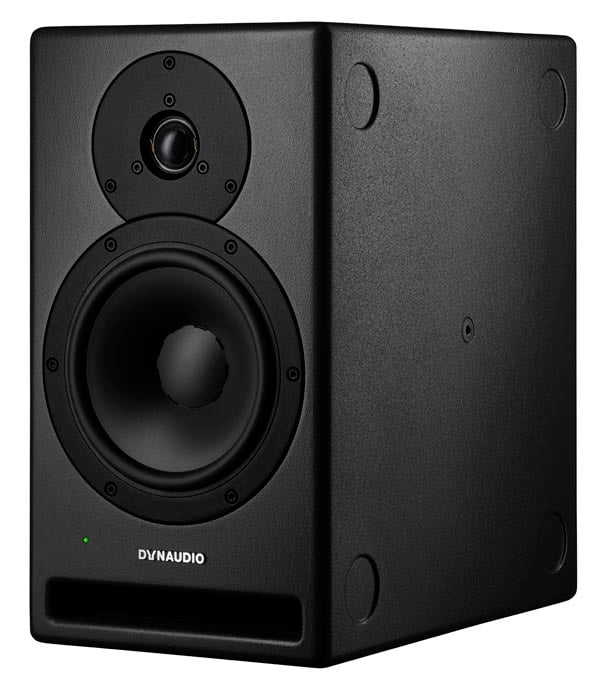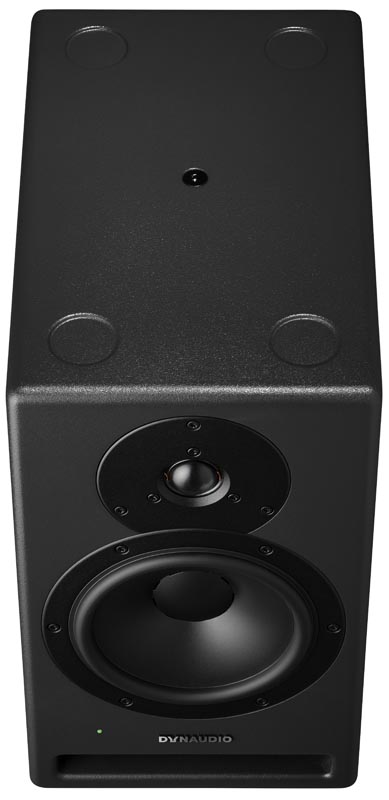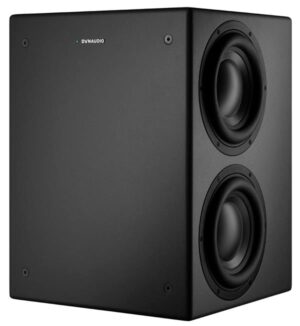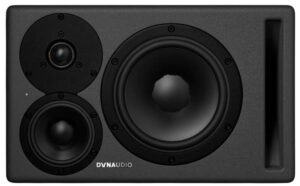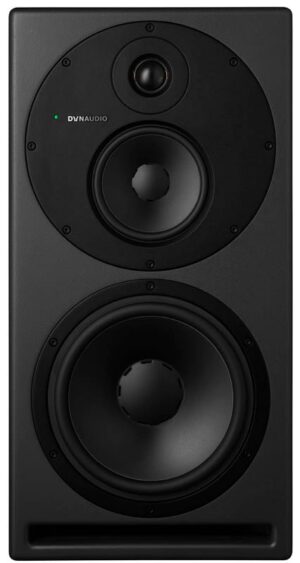DYNAUDIO Core 7
Core Series 7 2-way Loudspeaker
DYN-CR7
£1,374.17 Price excludes VAT
Product lists can be submitted to HHB for a packaged quotation
Trust is critical in this business. Whether you’re recording a power-trio or an orchestra, mixing a solo voiceover or video-game soundtrack, or mastering a full immersive audio project (such as a Dolby ATMOS mix), you need to know that your monitors reproduce everything you need to hear – warts and all.
Core 7 has been developed alongside industry professionals with exactly this in mind. It’s the most compact model in our range of high-end professional reference monitor systems. This no-compromise two-way design features two class-D amplifiers (one 500W amp for the mid/woofer and a 150W unit for the tweeter), plus the best of modern DSP technology and a flat bass response down to 38Hz – 31kHz +/- 6dB and 45Hz – 27kHz +/- 3dB.
It’s been specifically designed and engineered to meet the challenges of high-demand environments that recording engineers, mixers, producers, and editors work in all day, every day.
Consistent performance with no fatigue
Our acoustic designers are always improving on driver design for each model – and when they wheeled Core 7 out for listening tests, you could genuinely see the pride on their faces.
Each driver unit is handmade at our factory in Denmark. And because we produce 1.4 million drivers each year for the home hi-fi, custom-install, in-car and pro-studio markets, we can ensure extreme consistency. That makes it possible to use Core monitors in multiple studios and have them all sound and perform at the same high level – giving you everything you need to hear, everywhere you use them.
We’re known for our soft-dome tweeters. They provide hours of pinpoint imaging and detail without the listener fatigue common to other designs. Core 7 builds on this heritage with the original Esotar Pro tweeter – the latest breakthrough in our engineers’ obsessive attention to driver detail. Advanced manufacturing techniques and our astonishing Jupiter testing facility, have let our designers take tweeter design to a new level with the revolutionary Hexis system. Hexis optimises airflow, smooths frequency response and eliminates unwanted internal resonances. The result? Jaw-dropping imaging and transient detail, and effortless high-frequency response.
But they weren’t happy to leave it there: Core 7’s mid/woofer driver is another leap forward. We’ve taken our proprietary MSP (Magnesium Silicate Polymer) cone material along with aluminium voice coils, glass-fibre formers and advanced magnet designs to produce drivers capable of the kind of accuracy and honesty you’d never thought possible. MSP provides the best combination of lightness, stiffness and damping – making it capable of producing deep, accurate bass while also delivering natural midrange detail, all in one driver for the best imaging and point-source delivery.
Under the hood: how to set up Core 7 for your studio
The active Dynaudio AIR series was famous for its advanced digital signal processing. Our acoustic engineers continued this forward-thinking approach by taking the past 18 years’ worth of DSP innovation and applying it in a simple, easy to use system with the Core series. Make no mistake, though: under the hood is a sophisticated system that makes light work of challenging studio environments.
Positioning is critical when installing a monitor system. That’s why each Core 7 has two DSP filter switches to address its position and boundary locations. For example, if you place the monitors on the meter bridge of a large-format mixing console, set them to ‘Desk’. This will help compensate for the first reflection created by the mixing surface. On the other hand, if you put the monitors into a purpose-built wall, setting the Position 1 filter to ‘Soffit’ will compensate for the increased bass response.
Boundary effects created by placing a monitor close to walls or a ceiling can be compensated for by adjusting the Position 2 filter between ‘Wall’ or ‘Corner’. These filters help compensate for the reflections created by the boundary walls, especially in the lower frequencies. There’s also a low-frequency 80Hz Linkwitz-Riley cutoff that can be engaged if you’re using Core 7 with a subwoofer to extend the low frequency response.
Users can also alter the overall presentation. Core 7 uses the same concept as the LYD series Sound Balance filter – a different design to typical shelving-EQ tweeter and woofer adjustments found on most active monitors. Instead of simply fine-tuning the tweeter level up or down, which will affect phase response, Core 7 uses a full-spectrum band-pass filter that tilts depending on the desired tonal response. In the ‘Dark’ setting, the entire frequency response is tilted so that 20kHz is down -1.5dB, while 20Hz is up +1.5dB. In ‘Bright’, the tilt is reversed (+1.5dB at 20kHz and -1.5dB at 20Hz). This gentle filter maintains the proper phase response between the drivers while providing the tone that meet your tastes. The changes are subtle, but often this little tweak is enough to make the sound balance just right.



